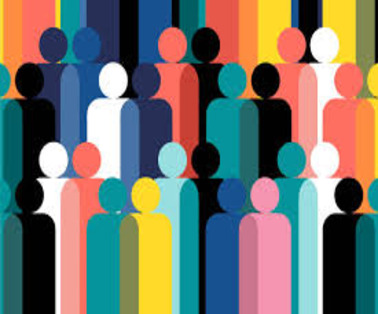According to the United Nations Population Fund’s (UNFPA) State of World Population report 2023 – ‘8 Billion Lives, Infinite Possibilities’ India is now the most populous country in the world.
Key Points Of State of World Population Report
- According to the State of World Population Report India has surpassed China to become world’s most populous nation with 142.86 crore people. China has a population of 142.57 crore
- According to the Pew Research Centre, India’s population has grown by more than one billion people since 1950, the year the UN began gathering population data
- Last year, the number of people in China shrank for the first time since 1960. Beijing ended its strict “one-child policy”, imposed in the 1980s amid overpopulation fears, in 2016 and started letting couples have three children in 2021.
- China faces a looming demographic decline as birth rates plunge and its workforce ages.
Details Of State of World Population Report
- According to the State of World Population Report, the global population will have hit 8.045 billion by mid-2023.
- In Africa also, the trend of the rising population can be seen. It is estimated that the world’s second-largest continent will witness a spike in its population from 1.4 to 3.9 billion inhabitants by 2100 as stated by the State of World Population Report
- Eight nations with more than 10 million inhabitants, most of them in Europe, saw their populations shrink over the past decade.
- Japan is also seeing a decline due to its ageing population, losing more than three million inhabitants between 2011 and 2021.
- The population of the entire planet, meanwhile, is only expected to decline in the 2090s, after peaking at 10.4 billion, the UN has projected.
- The UNFPA has said the population of the world is 8,045 million, of which the largest share (65%) is of people between the ages of 15 and 64 years, followed by those in the 10-24 years group (24%). 10 per cent of the population is above 65 years of age
India In State of World Population Report
- As much as 68% of India’s population belongs to the 15-64 years category, and 26% in the 10-24 years group, making India one of the youngest countries in the world mentioned by the State of World Population Report
- However, the fertility rate in India has been steadily dropping.
- Experts say that India’s large population is a result of the “population momentum” from earlier decades, and that the country’s population is likely to start its decline closer to 2050.
- The increased use of contraceptive methods, spacing of pregnancies, access to health care and the impetus to family planning, besides increasing wealth and education, has contributed to the rate of growth of population slowing.
- Life expectancy for men in India is the same as the global life expectancy of 71 years, while it is marginally lower for women at 74 years.
Factors Influencing the population growth:
- Fertility rate: According to the United Nations, future population growth is highly dependent on the path that future fertility will take. The World Population Prospects (2022) said that global fertility is projected to fall from 2.3 children per woman in 2021 to 2.1 in 2050.
- Increasing longevity: Overall, significant gains in life expectancy have been achieved in recent years. Globally, life expectancy at birth is expected to rise from 72.8 years in 2019 to 77.2 years in 2050.
- International migration: International migration is a much smaller component of population change than births or deaths. However, in some countries and areas, the impact of migration on population size is significant
The United Nations Population Fund

Areas Of Work Of The United Nations Population Fund
- Voluntarily plan and have the number of children they desire and to avoid unwanted pregnancies.
- Undergo safe pregnancy and childbirth.
- Avoid spreading sexually transmitted infections.
- Decrease violence against women.
- Increase the equality of women.
- Encouraging the use of birth control.
Goals Of The United Nations Population Fund
- UNFPA uses a human rights-based approach in programming to address three “transformative goals”:
- Zero preventable maternal death.
- Zero gender-based violence.
- Zero unmet need for family planning
To Download Monthly Current Affairs PDF Click here
Get Inspiration from CLAT 2025 Topper
Click here to get a free demo
Everything About CLAT 2025



